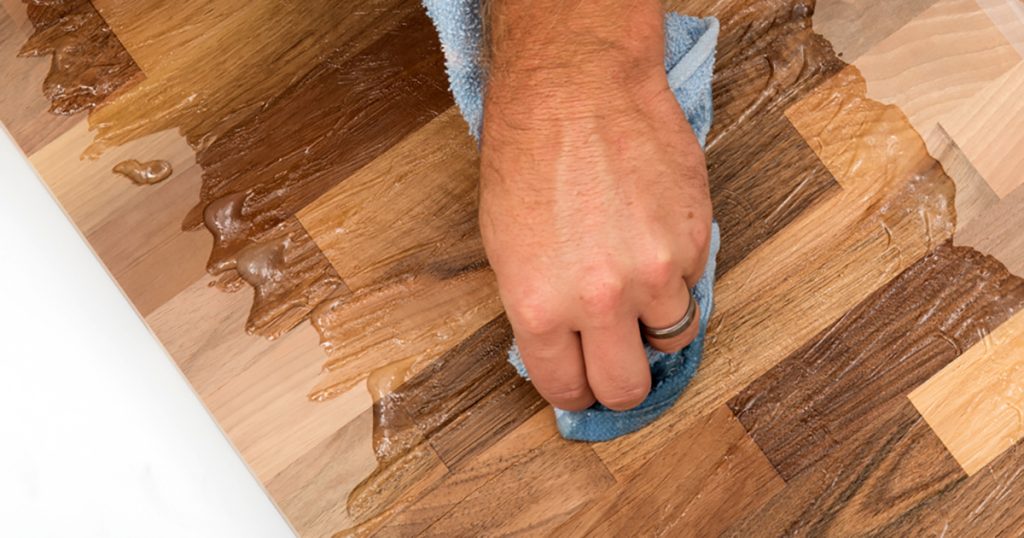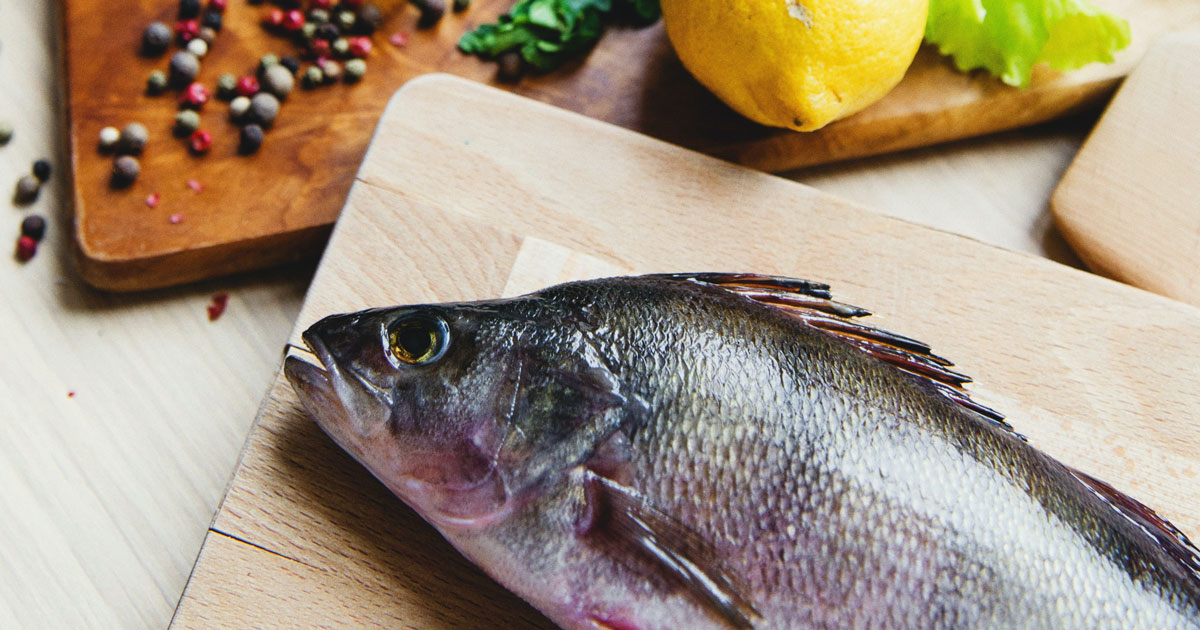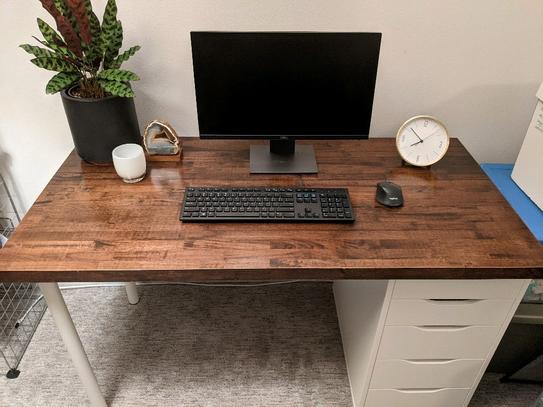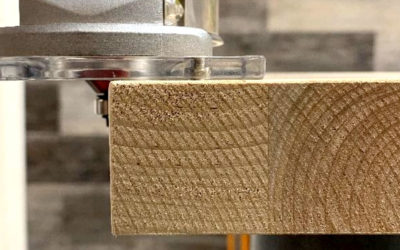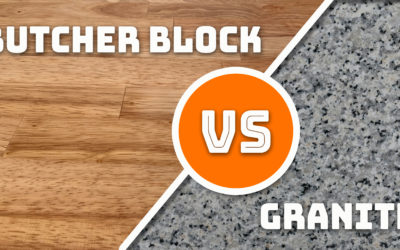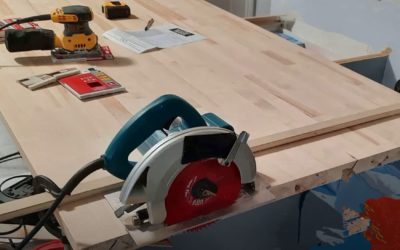Photo by Ksenia Chernaya from Pexels
Many of us have been led to believe that plastic is the most hygienic option for our kitchens. However, when compared to wood surfaces, you may be surprised to learn that some of your assumptions have been disproven! Read below to learn why wood is indeed naturally antibacterial and how you can make the switch in your kitchen.
Comparing Wood and Plastic
Plastic has been viewed as a non-porous, easy-to-clean alternative to wood. Many of us believe that because plastic is unable to absorb any liquids, it wouldn’t be prone to breeding bacteria.
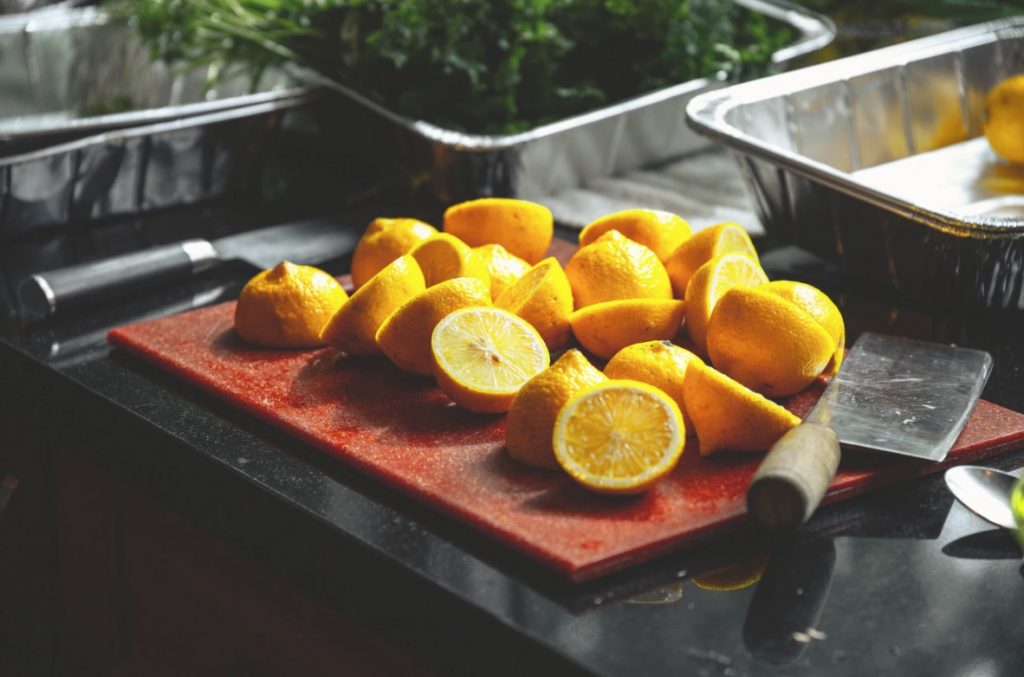
Photo by Jason Jarrach on Unsplash
However, the surface of plastic cutting boards quickly becomes knife-scarred. The resulting rough surface makes your cutting boards increasingly difficult to clean, even with the use of bleach or an extra-long dishwasher cycle. The tiny indentations in your plastic cutting boards hold onto bacteria as a result, which can leave you compromising on hygiene as plastic boards can have thousands of scars after just a few months.
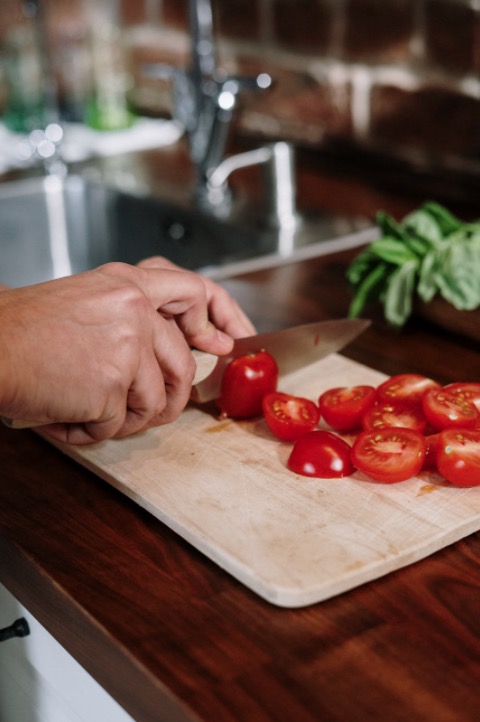
Photo by cottonbro from Pexels
Until the invention of plastic, wood was overwhelmingly used for food preparation- and for good reason! Wood has consistently shown the ability to halt the growth of and kill harmful bacteria that comes in contact with its surface. As moisture is naturally drawn into the board, bacteria are unable to multiply and die as a result. It’s been shown that both new and well-maintained older boards maintain this ability.
Wooden cutting boards and countertops will also protect your knives by not dulling them as quickly. Wood is also completely biodegradable and renewable, making it a sustainable alternative to plastic in your home.
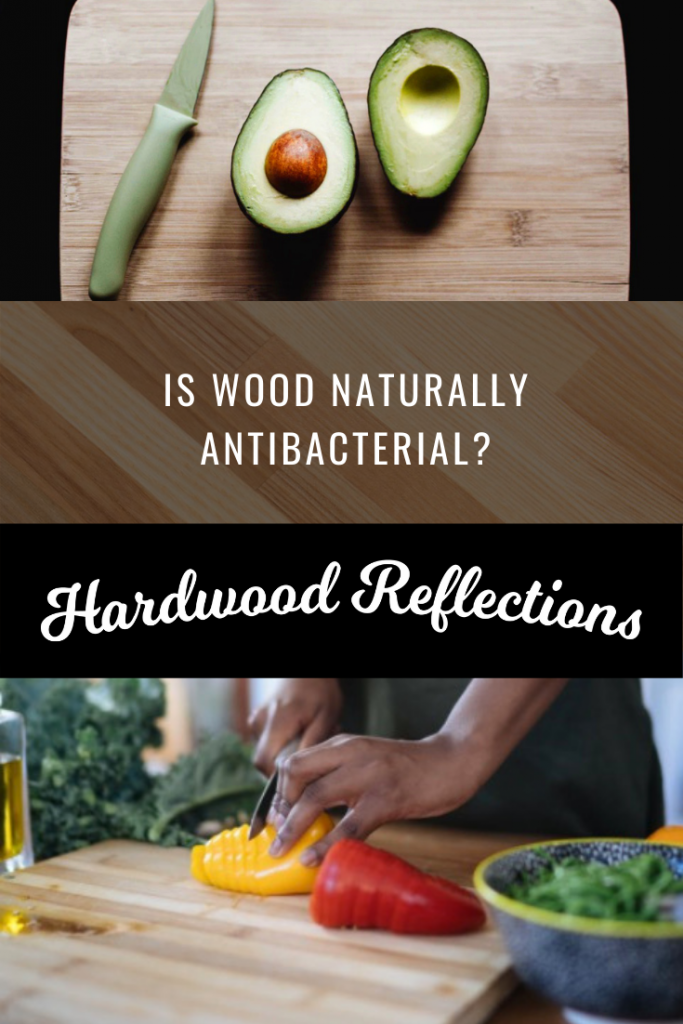
Wood is Proven to be Naturally Antibacterial
Scientists at the University of Wisconsin have found that 99.9% of bacteria placed on a wooden chopping board begin to die completely within minutes. After being left at room temperature overnight, there were no remaining living bacteria on the wooden boards the next day. In comparison, cheaper plastic cutting boards had very little effect on dangerous microbes.
A high-quality wooden surface will last you for a number of years, without seeing a decrease in its antibacterial abilities. Unlike plastic alternatives, quality wood sources made from traditional manufacturing techniques contain self-healing fibres that can stand up against continuous cutting and chopping in the kitchen.
Research has favored a variety of different types of wood, but pine and oak seem to be the most popular choices. However, many other varieties, such as maple, can be just as effective.
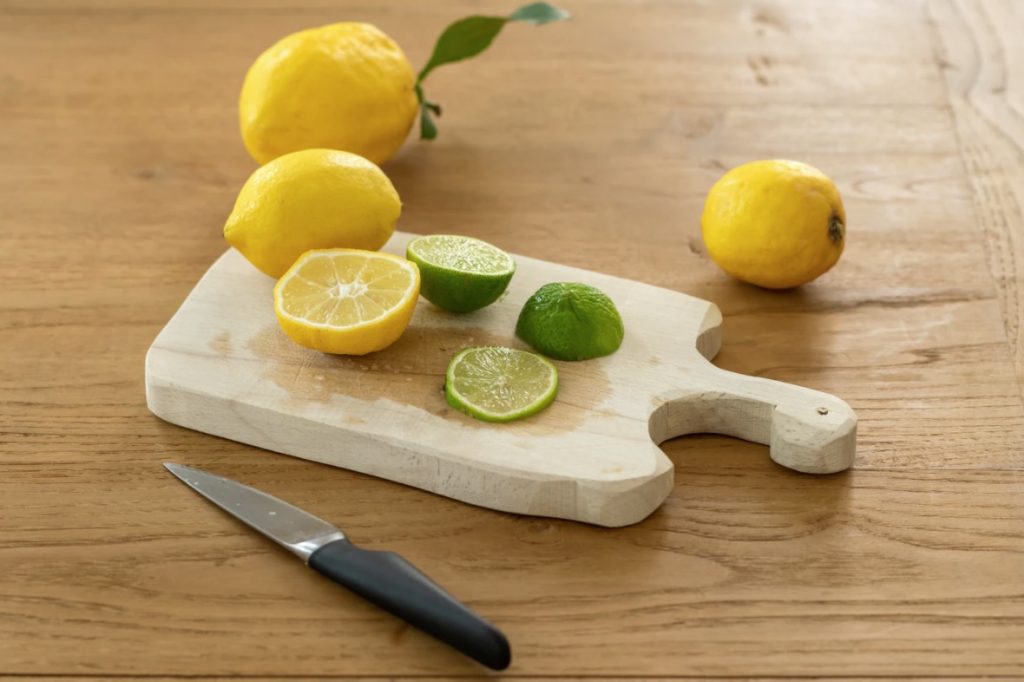
Photo by Elena Kloppenburg on Unsplash
Taking Care of Wood Cutting Boards and Countertops
It’s important to remember that your wooden cutting board cannot go in the dishwasher. You should never leave your wood board to soak and instead use a knife or kitchen scraper to remove any remaining food before washing.
Rubbing wooden surfaces with half a lemon or spritzing them with some vinegar can help sanitize and remove odors.
Wooden boards and countertops should be regularly seasoned with a good quality mineral oil for proper maintenance as well as maintenance. Get details in this Butcher Block Tutorial for Maintaining Butcher Block Countertops article.
